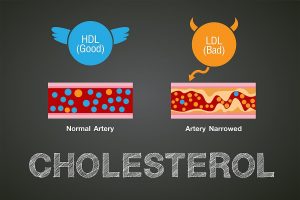
If someone is stricken with a blood cancer or life-threatening clot, they’ll probably fare better if they are white and wealthy, three new studies show. The ongoing impact of patient race and income to medical outcomes was in the spotlight Saturday in New Orleans at the annual meeting of the American Society of Hematology (ASH). In one study, a team led by Dr. Matthew Maurer, of the Mayo Clinic in Rochester, Minn., looked at who got enrolled (or didn’t) in clinical trials for new treatments against a blood cancer known as diffuse large B-cell lymphoma (DLBCL). It’s the most common form of lymphoma in the United States. According to ASH, existing therapies help cure about 60% of patients, but another 40% may not be helped. So, enrollment in clinical trials can be crucial for some patients. The Mayo study examined data on enrollment in DLBCL trials from eight large academic medical centers across America. It found that 76% of enrollees were white. Results from lab tests were key to getting accepted into the trials, but Black or Hispanic Americans were much less likely to meet those lab-based criteria than were whites, the research showed. That means trial organizers may need to take a closer look at lab-based eligibility criteria to help level the playing field for entry into future clinical trials. “These exclusion criteria are… read on > read on >
























-300x200.jpg)













